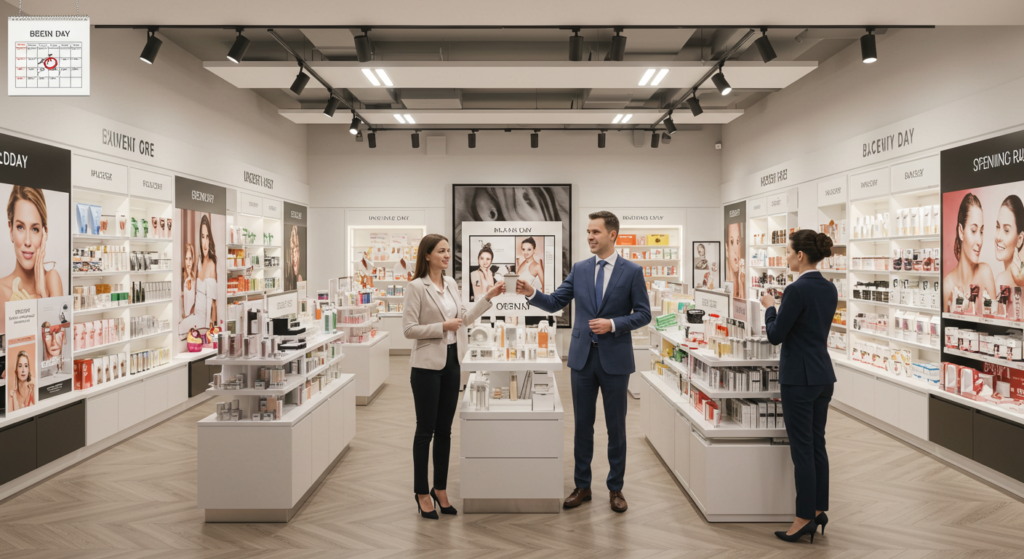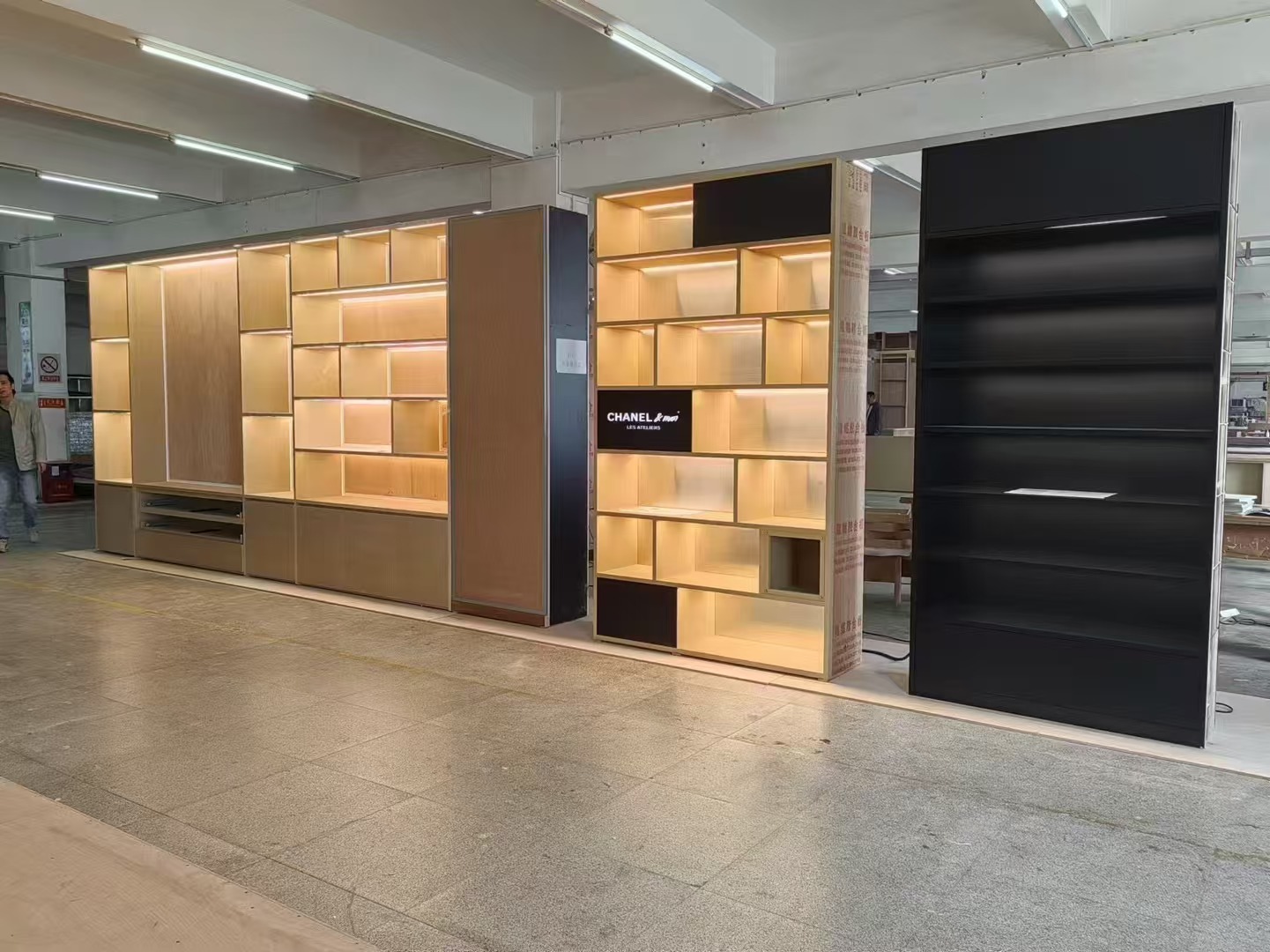Opening a retail store is always exciting—but it can quickly become stressful when time is tight and budgets are fixed. Maybe your lease starts next month, or you’re aiming to open before the holiday rush. Whatever the reason, planning your shopfitting under pressure doesn’t mean you have to sacrifice quality or blow your budget.
At WeiLin, we’ve helped countless clients meet challenging deadlines without breaking the bank. Here’s how you can do it too.
1. Start with the Essentials: Define Scope Early
When time is limited, clarity becomes your best friend. List what’s absolutely necessary for opening day: display fixtures, counters, shelving, fitting rooms, lighting. Skip the “nice-to-haves” for now.
You can always phase out your project—start with what gets you open and upgrade later.
🛠 Pro Tip: Ask your shopfitting supplier for modular options. These are easier to install, cost-effective, and can be reused or expanded later.
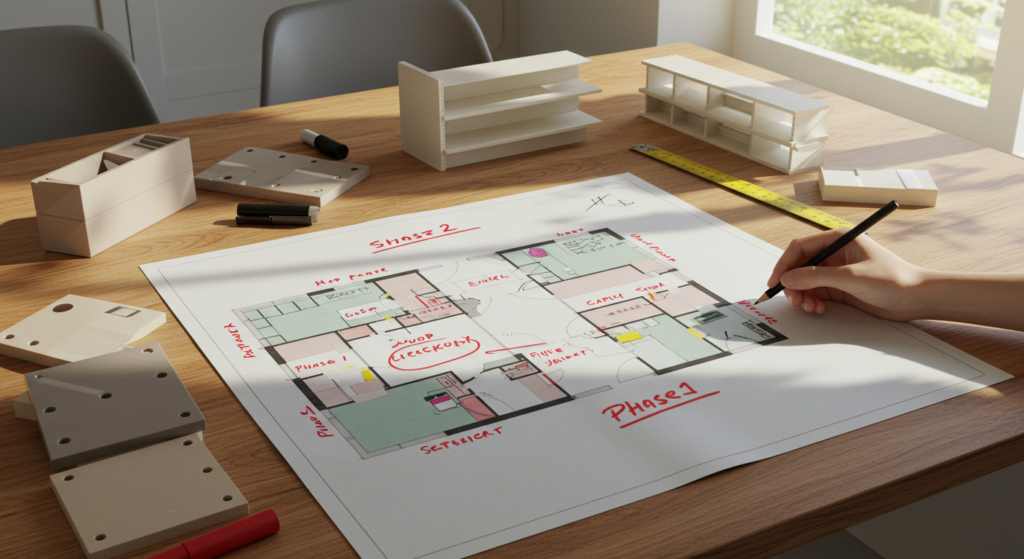
2. Set a Realistic Budget—and Stick to It
It’s tempting to plan for the ideal shop, but overshooting your budget can delay your launch. Share your budget with your supplier early. A professional shopfitter can suggest materials or finishes that look great but are easier on the wallet.
For example, laminate may give you the wood finish you love—without the cost of solid timber. Powder-coated metal is another great alternative to stainless steel for many retail applications.
💡 Bonus: A transparent supplier can help you identify hidden costs (like transportation, VAT, or installation labor) before they catch you off guard.

3. Choose the Right Partner, Not Just the Fastest
Speed matters—but quality and reliability matter more. A supplier who promises fast production but misses deadlines can derail your whole schedule. Look for partners with proven experience in fast-turnaround projects. Ask to see examples or references.
✔ Do they have in-house production or outsource everything?
✔ Can they offer real lead times, not just estimates?
✔ Do they communicate clearly and frequently?
Working with someone who understands the pressures of retail deadlines can make all the difference.

4. Approve Drawings and Materials Quickly
When you’re working on a tight schedule, every day counts. Once the supplier provides drawings or material samples, review them right away. Delays in approvals often cause a domino effect—pushing back production, delivery, and ultimately, your opening date.
📩 Set internal deadlines and assign someone to make quick decisions. Time saved here is time gained in production.
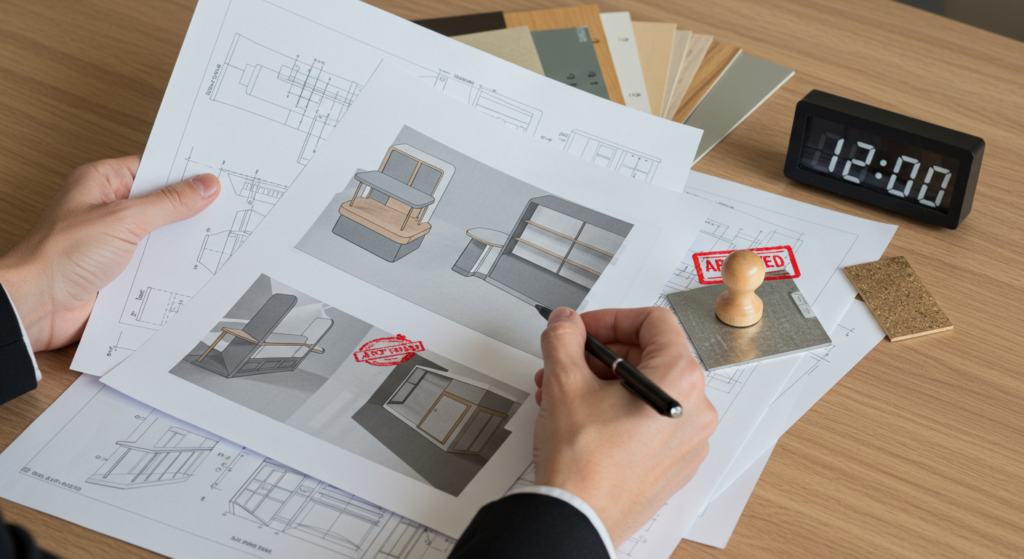
5. Simplify Where Possible
Complex designs often take longer to fabricate and assemble. For now, keep the design clean and functional. A well-executed simple layout often looks more professional than an unfinished elaborate one.
Think of it as your “phase one” look. Once the store is running and bringing in revenue, you can reinvest in upgrades or re-fits.
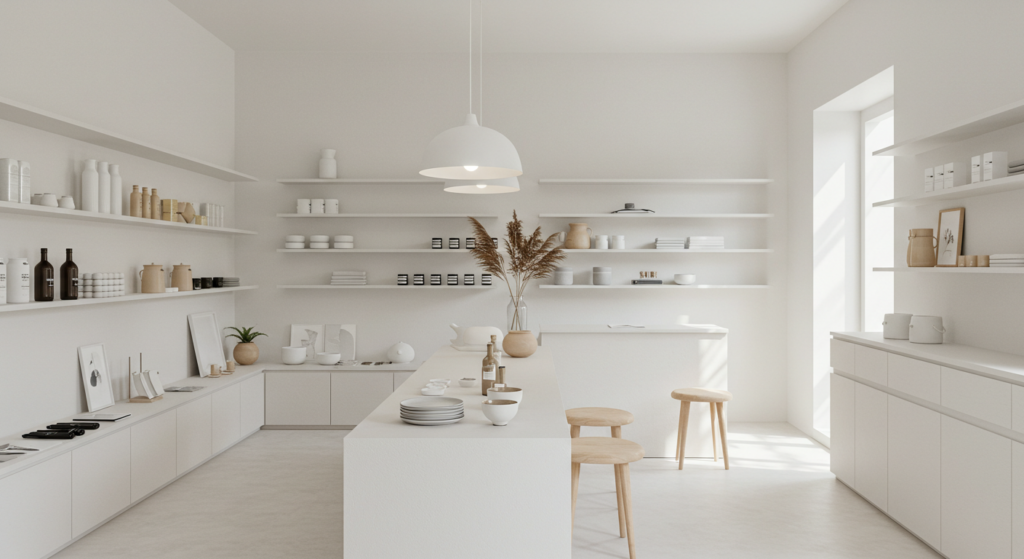
6. Stay in Constant Contact
Communication is key—especially when time is tight. Get regular updates from your supplier and don’t hesitate to ask questions.
A good shopfitting partner will keep you informed about progress, flag any risks, and help you make fast decisions when things change (and they often do).
📞 Weekly calls or progress reports via email or messaging apps can keep everything on track.

7. Plan for Delivery and Installation Early
Even if production is fast, poor planning at the delivery or installation stage can cause last-minute chaos. Make sure the site is ready—clear access, working electricity, scheduled labor—so installation can happen smoothly.
🚚 Coordinate logistics: If you’re handling your own installation, make sure your team knows when and how fixtures will arrive. If your supplier handles delivery, confirm packaging and unloading requirements in advance.
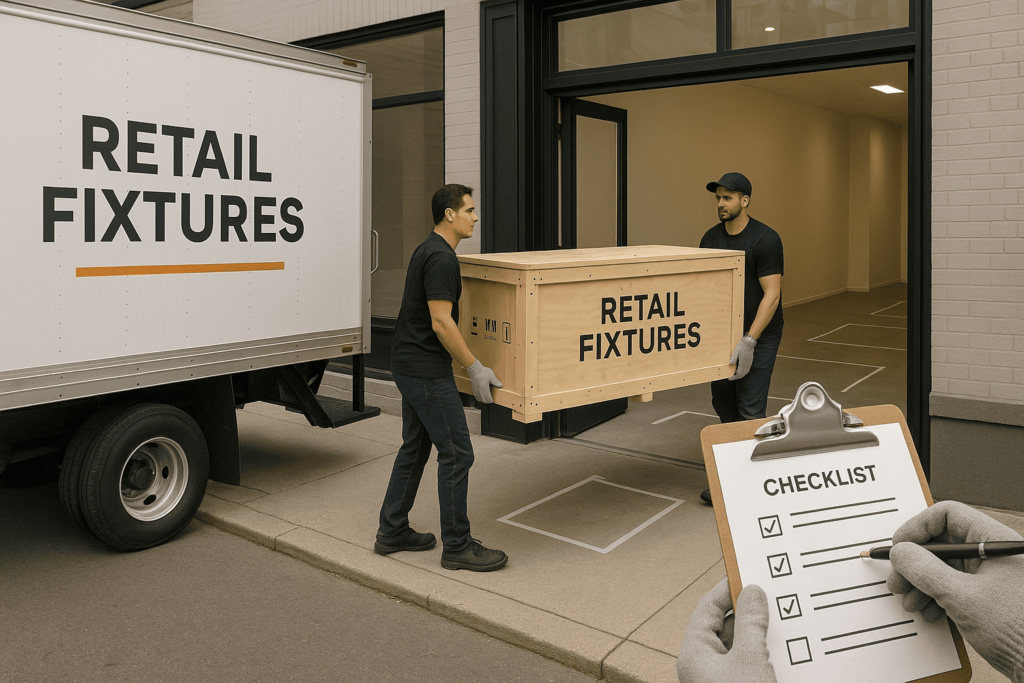
Closing: Be Flexible, Stay Focused
Shopfitting under time and budget pressure isn’t easy—but it’s absolutely doable. With clear planning, honest communication, and a reliable supplier, you can create a beautiful retail space without unnecessary stress.
